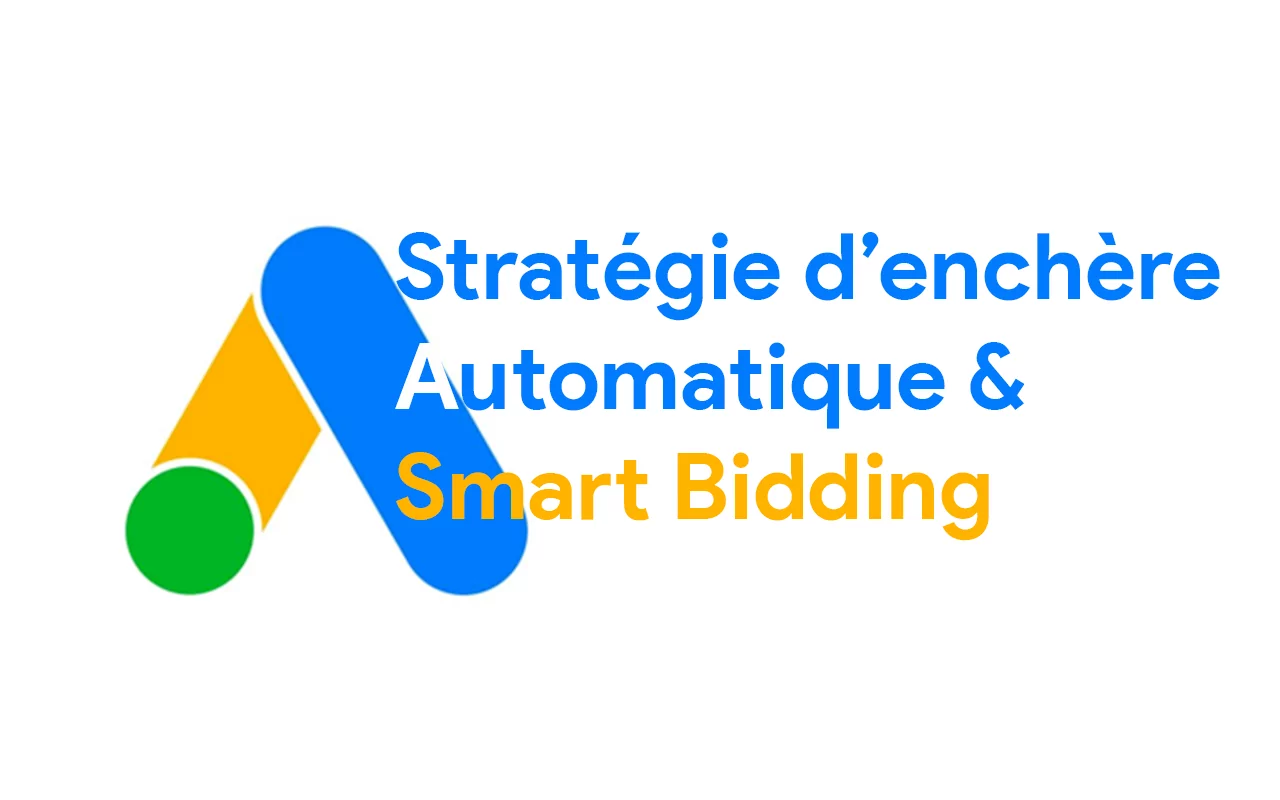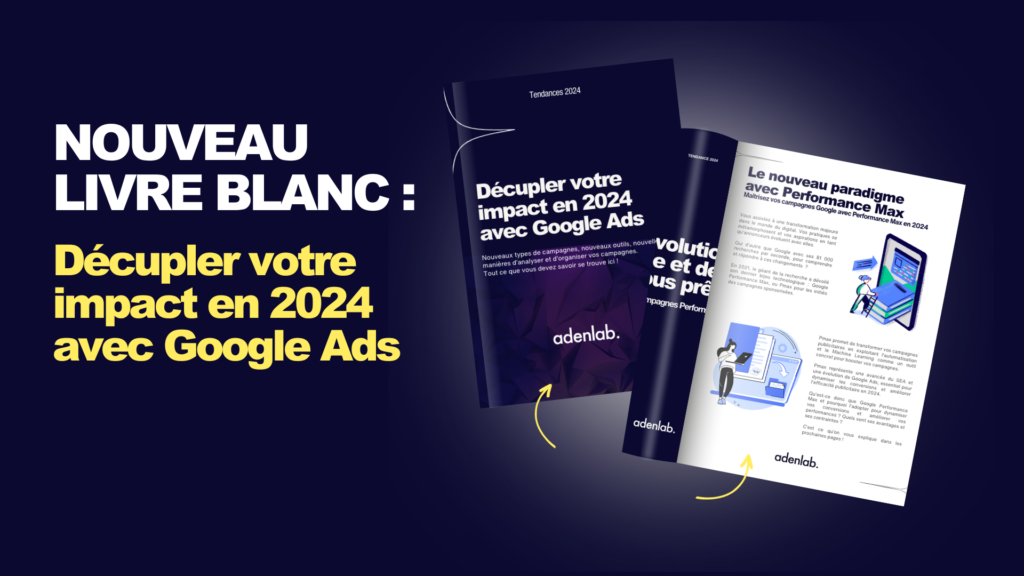Among the tools offered by machine learning are automatic bidding or Smart Bidding. A service offered by Google, which enables you to optimize the performance of your digital campaigns. But before embarking on an automatic bidding campaign, it’s important to understand how they work. Because while they can have a major positive impact, it can also be a negative one if you don’t control potential unforeseen events. What is Smart Bidding? What are its objectives? How can you avoid the pitfalls?
Download our white paper
What is Smart Bidding?
The question inevitably arises when you start looking at Google Ads auctions. What is Smart Bidding? According to Google itself, it’s “a subset of automated bidding strategies that maximize conversions or the value of conversions”.
Simply put, these intelligent auctions use machine learning to optimize your bids. The aim? Maximize both the number and value of conversions in your campaign. And within Smart Bidding, there are a number of different types of intelligent bids to optimize CPC (cost per click) or maximize conversions, among others.

Targeted strategies to meet specific expectations
Because not everyone has the same expectations when it comes to Google Ads auctions, a variety of strategies are available. They are sufficiently varied to meet every specific need:
- Improve visibility: the “Impression rate” bidding strategy automatically sets the bids for your ad to be displayed in the absolute top position.
- Increase the number of visits to a site: “Maximize clicks” ensures that you get the most clicks for your budget. This bidding strategy can be applied to a single campaign or to several.
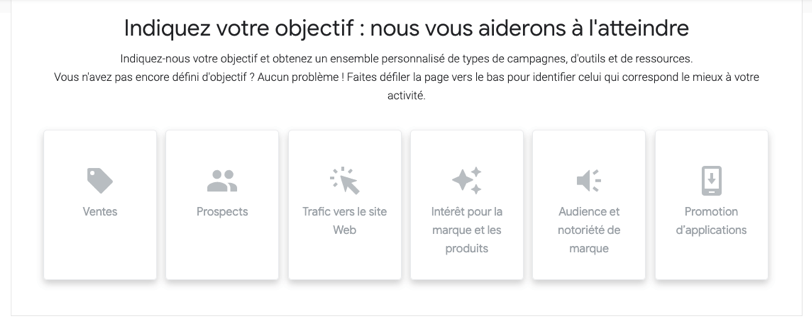
- Achieving ROAS (return on ad spend): the ROAS strategy enables you to obtain as many conversions as possible based on a defined return on ad spend target. This bidding strategy can be applied to a single campaign or to several.
- Get more conversions with a target CPA: the Target CPA bidding strategy automatically sets your bids on the Search (or Display) Network to generate as many conversions as possible for the target CPA you specify.
- Achieve more conversions while using the entire budget: the “Maximize conversions” bidding strategy automatically sets bids so that a campaign generates as many conversions as possible, while using the entire budget.
- Increase conversion value while leveraging your entire budget: the “Maximize conversion value” automatic bidding strategy automatically sets bids so that a campaign achieves the highest conversion value, while leveraging your entire budget.

What criteria are taken into account for Google Ads Smart Bidding?
Google Ads intelligent bidding strategies take a wide range of criteria into account when bidding. These include :
- The device used ;
- Time of day ;
- Geographical area ;
- The remarketing list ;
- Language ;
- OS (operating system), etc.
What are the main advantages of Smart Bidding for Shopping campaigns?
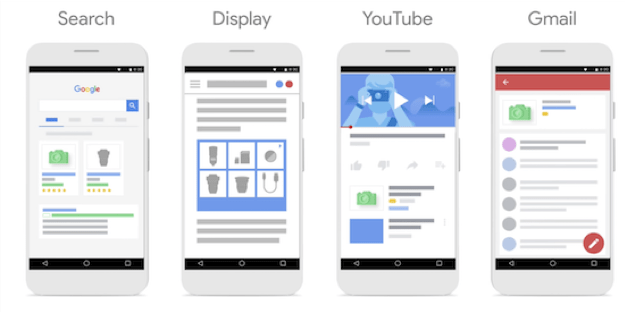
For those wishing to optimize their shopping campaigns, Smart Bidding has several strong points:
- Benefit from Google’s ” Real-time bidding“, for optimized bidding speed.
- The ability to focus on core objectives and let intelligent bidding strategies do the rest.
- Being able to take advantage of historical performance data: simply enter the objective to be reached, and Smart Bidding does the rest, taking into account not only previously recorded clicks, but also conversion data.
The right questions to ask before taking on Google’s Smart campaigns
While Google Ads’ Smart Bidding can be a great asset to your campaigns, it does require you to ask yourself a few questions before getting started. One of the first questions to ask is whether smart bidding strategies are compatible with your campaign.
If you want to switch to Smart Bidding, you’ll probably need to reorganize your account. For example? It’s not a good idea to keep your semantic field hyper-segmented into several ad groups. In fact, the best strategy would be the opposite, with a varied volume of words for machine learning to work with.
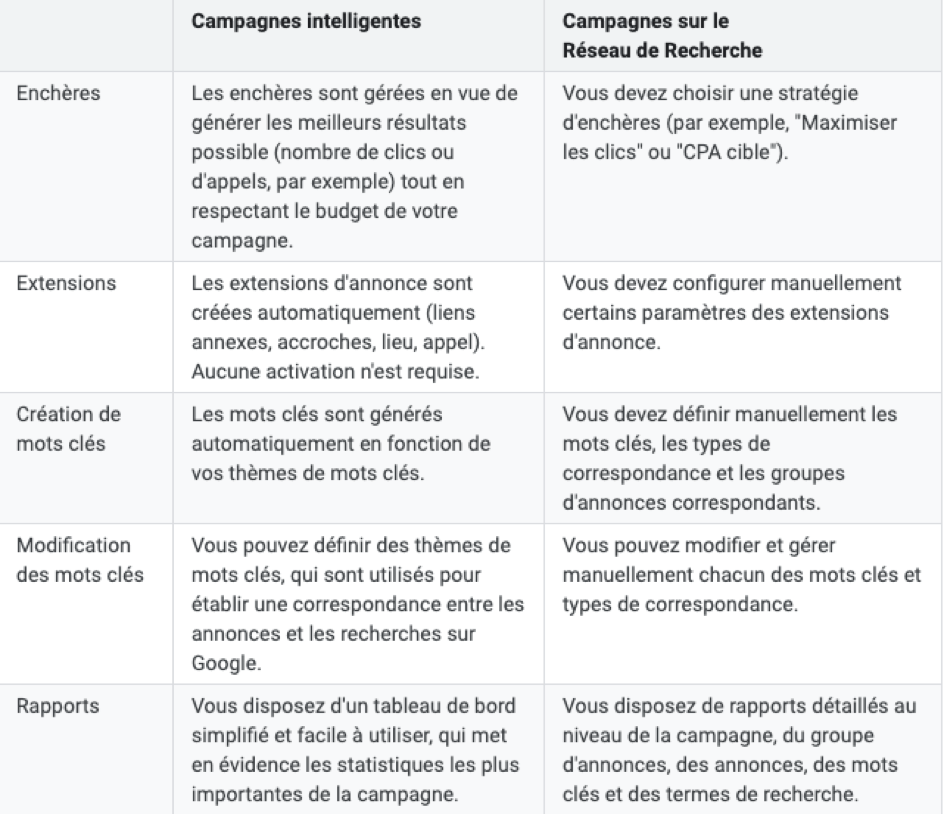
Volume and variety
To take full advantage of the possibilities offered by automatic bidding strategies, several criteria must be met:
- Volume: we generally recommend a minimum of 3,000 impressions per week per ad group. And don’t overlook the volume of conversions per campaign.
- Variety: multiply tests as much as possible to “feed” machine learning. The more keywords per landing page, the more effective you’ll be.
Conversely, it’s best to avoid campaigns structured by device, location or theme if the landing page is the same. This means taking the time to restructure your account beforehand, and not when you launch your Smart Bidding campaign.

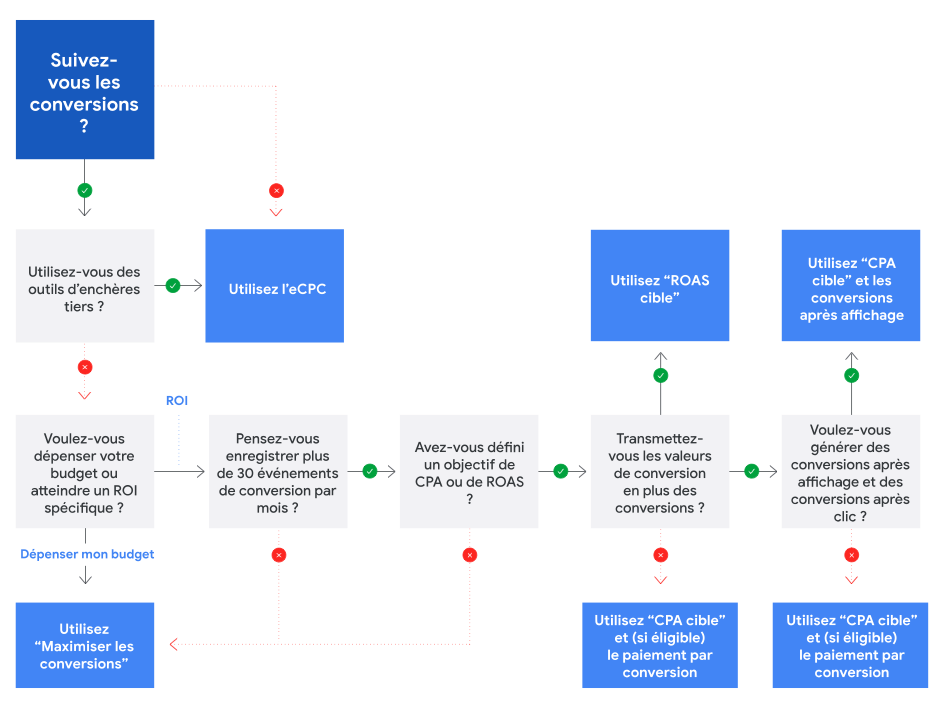
Smart Bidding: the right reflexes to have
Before launching a campaign, there are a number of things you need to know to avoid disappointment:
- Don’t neglect A/B testing, to take into account the learning curve of the algorithms and try to set a strategy that will last over time;
- Track your conversions and set up conversion tracking according to your objectives;
- Take the time to study your campaign history.
Smart bidding yes, but not necessarily
You should also bear in mind that some markets may not be suitable for Smart Bidding. This is particularly true of highly competitive markets. A case in point? Using a bidding strategy such as “Maximize conversions” would be totally counterproductive in markets with a high average CPC.
Therefore, the golden rule is to carefully analyze your expectations and your market before deciding whether or not to switch to automatic bidding strategies. Another important point to remember if you decide to take the plunge: take the time to learn and adapt each campaign.
To do this, it’s not uncommon to need the support of an SEA specialist who can understand your objective and develop your campaign accordingly.
Please do not hesitate to contact us for further information and/or support.
